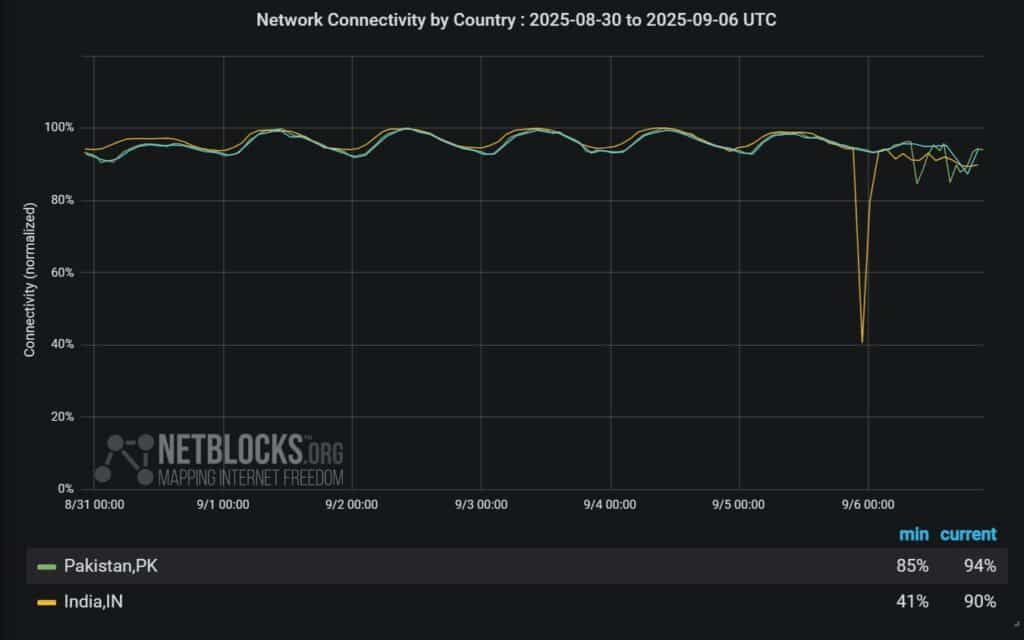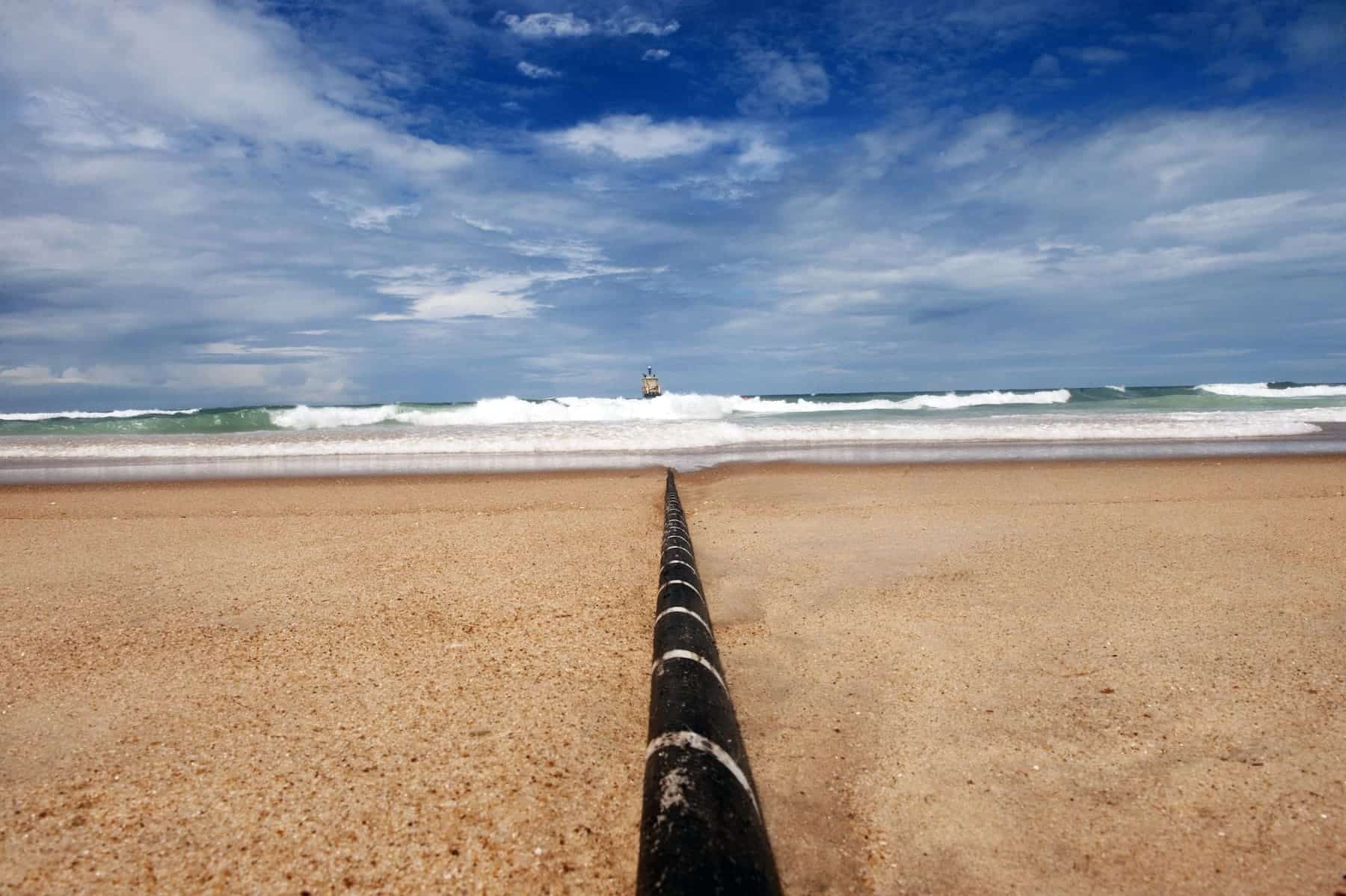The global internet is once again hit from the depths of the Red Sea. Two critical submarine cables connecting Europe, Asia, and the Middle East were damaged last Saturday, September 6th, causing latency issues and service degradation across large parts of South Asia and the Persian Gulf.
Microsoft confirmed the incident via Azure status messages shortly after 06:00 UTC, warning that customers whose traffic typically passes through the Middle East “may experience service interruptions.”
The company explained that affected traffic was rerouted through alternative, longer paths, which is inevitably generating longer response times in cloud and corporate services.
A Global Bottleneck
This event highlights once again the fragility of the infrastructure that sustains the global network: submarine cables. Although invisible to the end-user, they are responsible for transporting more than 95% of international internet traffic.
In this case, the outages impact at least two major systems along the Red Sea route, a strategic corridor through which cables linking Europe with Asia and Africa transit. The impact is particularly notable for companies relying on connectivity between Europe, India, Pakistan, and Gulf countries.

Microsoft noted that, although Azure services remain operational, users should prepare for higher latencies until September 7th and possibly beyond, as regional operators work to reorganize traffic.
Complex and Slow Repairs
The main issue is not just technical but also logistical and geopolitical. Repairing a submarine cable requires deploying specialized ships to precisely locate the failure, lift the cable to the surface, and splice it.
In the Red Sea, this process is even more complicated: it is a strategic and sensitive area, with dense maritime traffic and recurring geopolitical tensions. Additionally, the availability of repair ships is limited. The complete fix could take weeks.
A recent case exemplifies this difficulty: in February 2024, several cables in the same region—including AE-1, SEACOM, and EIG—were damaged by unknown causes. Although some were repaired in July, the process extended over months. In January 2025, the AAE-1 cable suffered another fault off the coast of Qatar, which was fixed after two weeks of work.
Skyrocketing Latencies and Longer Routes
The immediate strategy by Microsoft and operators has been rerouting traffic through longer paths, such as routes via Africa or the Eastern Mediterranean. While this avoids total outages, it increases the physical distance data must travel and, consequently, latency.
Network experts estimate that the average delay in critical connections between Europe and Asia could increase between 20% and 40% until repairs are completed. Services like video conferencing, online gaming, real-time financial operations, and latency-sensitive cloud applications are among the most affected.
A Reminder of Digital Vulnerability
The outages in the Red Sea reinforce a warning that governments and companies have been echoing for some time: the internet infrastructure is more vulnerable than it appears. With dozens of cables crossing strategic chokepoints like the Suez, Malacca, or Gibraltar, any accident, natural disaster, or deliberate attack can have global repercussions.
Indeed, several intelligence reports in Europe and the U.S. have sounded alarms about the risks of sabotage against submarine cables as a form of geopolitics. The European Parliament itself discussed plans in 2023 to strengthen the security of these critical infrastructures.
Looking Ahead
For now, Azure and other cloud services have demonstrated resilience, continuing operations thanks to alternative routes. However, companies with operations spread across Asia and Europe may face additional costs due to performance losses and the need to redistribute workloads.
What is clear is that each new outage reminds us that the physical internet depends on an extensive yet fragile cable network. The Red Sea, where maritime, energy, and digital routes converge, has become a hotspot for global connectivity.
Frequently Asked Questions (FAQ)
What are submarine cables and why are they so important?
They are fiber optic infrastructures laid on the ocean floor that carry the majority of international internet traffic. Over 95% of global data passes through them.
How long does repairing submarine cables usually take?
The process typically takes between one and three weeks, depending on location, weather conditions, and the availability of specialized ships. In regions like the Red Sea, it can take even longer.
What is the impact of outages on the average user?
End-users might notice slower connections, delayed video calls, streaming interruptions, or increased lag in online gaming. For companies, it mainly affects cloud services that depend on low latency.
Can this vulnerability be fully prevented?
Not entirely, but diversifying cable routes, investing in redundancy, and strengthening security at critical points are key measures that governments and companies are already exploring.

